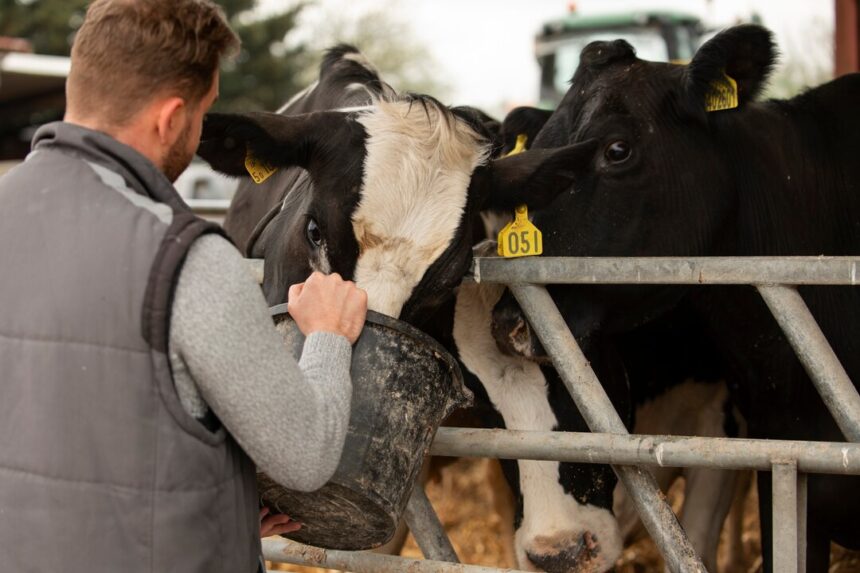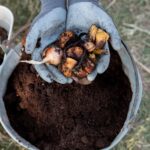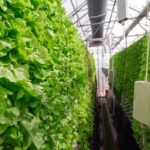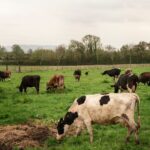Effective livestock handling is crucial for the safety of both farmers and cattle. By using appropriate cattle equipment and tools, you can improve productivity, reduce stress on the animals, and minimize risks. Here’s how you can enhance livestock handling with the right equipment and practices.
Choose the Right Handling Facilities
Investing in proper handling facilities is the first step to improving livestock management. Cattle chutes, pens, and holding areas should be designed to encourage smooth movement while minimizing stress on the animals. Use curved chutes and solid-sided alleys, as they mimic natural cattle behavior by promoting forward movement without distractions.
Utilize Cattle Head Gates
Head gates are essential for safely restraining cattle during medical procedures or inspections. Modern head gates are designed to minimize pressure on the animal while providing secure restraint. Adjustable gates allow flexibility for handling cattle of different sizes, ensuring safety for both the handler and the animal.
Install Loading Ramps
Loading ramps facilitate the smooth movement of cattle onto trucks or trailers. Choose ramps with non-slip surfaces and side rails to prevent injuries. Portable ramps are especially useful for farmers who need flexibility when transporting livestock.
Use Cattle Prods and Sorting Sticks
Sorting sticks and electric prods help guide cattle without excessive force. Prods should be used sparingly and only when necessary to avoid stressing the animals. Sorting sticks with bright colors can help you direct cattle without causing fear or panic.
Incorporate Weighing Scales
Weighing livestock is essential for monitoring growth, managing feeding programs, and determining market readiness. Install durable and easy-to-use livestock scales in your handling area. Digital scales provide accurate readings and can store data for future analysis.
Set Up Proper Watering and Feeding Systems
Efficient feeding and watering systems reduce labor and improve cattle health. Install automatic waterers to ensure cattle have access to clean water at all times. Use feed bunks that minimize spillage and allow all cattle equal access to food.
Invest in Portable Panels
Portable panels are versatile tools for creating temporary pens or extending existing facilities. They allow you to easily adapt your setup based on the size of your herd or specific handling needs. Panels with secure latches and durable materials provide both flexibility and safety.
Implement Fly Control Systems
Fly infestations can cause discomfort and stress in cattle, leading to reduced productivity. Use fly traps, repellents, or back rubbers to control flies in your handling facilities. Treat cattle with fly control sprays or pour-on solutions during routine handling.
Train Your Staff on Equipment Use
Even the best equipment is ineffective without proper training. Ensure your staff understands how to operate handling tools and equipment safely. Regular training sessions help reinforce best practices and reduce the risk of accidents.
Maintain and Inspect Equipment Regularly
Well-maintained equipment ensures smooth operation and prevents injuries to livestock. Inspect chutes, gates, and other tools for wear and tear. Replace damaged parts immediately to maintain safety standards.
Improving livestock handling with cattle equipment and tools can greatly enhance efficiency, safety, and animal welfare. By investing in quality handling facilities and training your staff to use them effectively, you can create a stress-free environment for your cattle and a productive setup for your farm.
Join 'Farmers Mag' WhatsApp Channel
Get the latest Farming news and tips delivered straight to your WhatsApp
CLICK HERE TO JOIN






